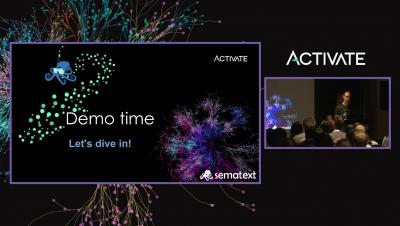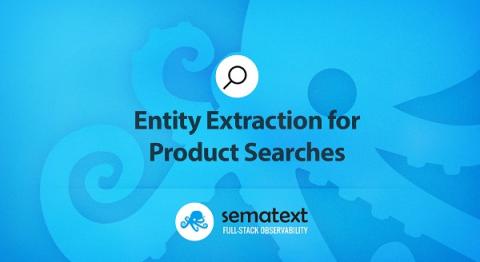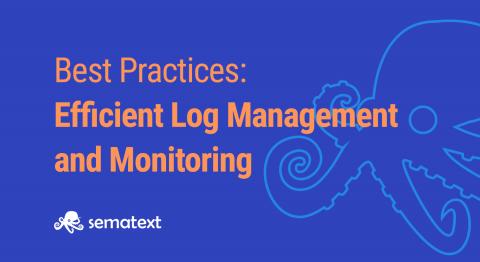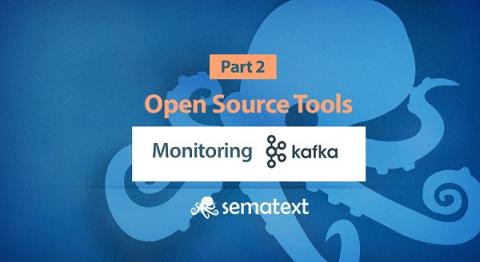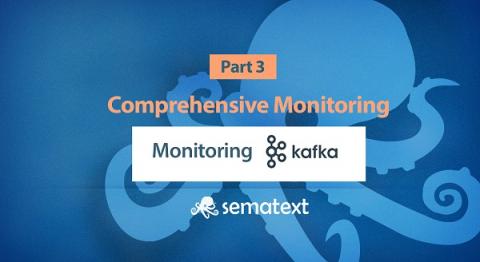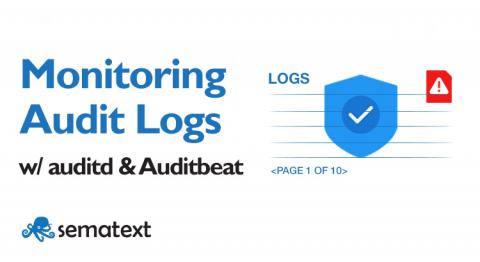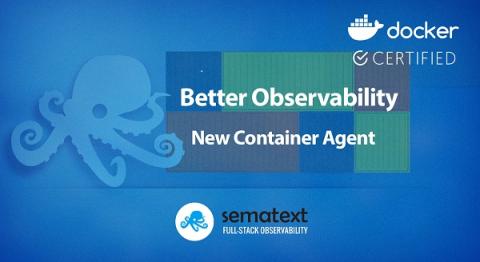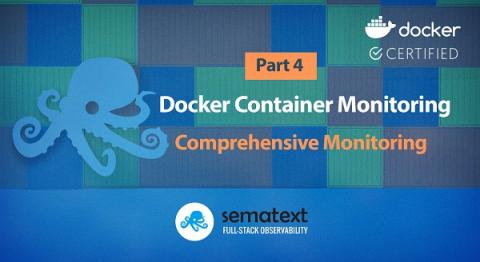Operations | Monitoring | ITSM | DevOps | Cloud
April 2019
Entity Extraction for Product Searches
Entity extraction is, in the context of search, the process of figuring out which fields a query should target, as opposed to always hitting all fields. The reason we may want to involve entity extraction in search is to improve precision. For example: how do we tell that, when the user typed in Apple iPhone, the intent was to run company:Apple AND product:iPhone? And not bring back phone stickers in the shape of an apple?
Best Practices for Efficient Log Management and Monitoring
When managing cloud-native applications, it’s essential to have end-to-end visibility into what’s happening at any given time. This is especially true because of the distributed and dynamic nature of cloud-native apps, which are often deployed using ephemeral technologies like containers and serverless functions.
Entity Extraction with spaCy
Entity extraction is, in the context of search, the process of figuring out which fields a query should target, as opposed to always hitting all fields. The reason we may want to involve entity extraction in search is to improve precision. For example: how do we tell that, when the user typed in Apple iPhone, the intent was to run company:Apple AND product:iPhone? And not bring back phone stickers in the shape of an apple?
Kafka Metrics to Monitor
As the first part of a three-part series on Apache Kafka monitoring, this article explores which Kafka metrics are important to monitor and why. When monitoring Kafka, it’s important to also monitor ZooKeeper as Kafka depends on it. The second part will cover Kafka open source monitoring tools, and identify the tools and techniques you need to further help monitor and administer Kafka in production.
Kafka Open Source Monitoring Tools
Open source software adoption continues to grow within enterprises (even for legacy applications), beyond just startups and born-in-the-cloud software. In this second part of our Kafka monitoring series (see the first part discussing Kafka metrics to monitor), we’ll take a look at some open source tools available to monitor Kafka clusters. We’ll explore what it takes to install, configure, and actually use each tool in a meaningful way.
Monitoring Kafka with Sematext
Monitoring Kafka is a tricky task. As you can see in the first chapter, Kafka Key Metrics to Monitor, the setup, tuning, and operations of Kafka require deep insights into performance metrics such as consumer lag, I/O utilization, garbage collection and many more. Sematext provides an excellent alternative to other Kafka monitoring tools because it’s quick and simple to use.
Monitoring Linux Audit Logs with auditd and Auditbeat
The Linux Audit framework is a kernel feature (paired with userspace tools) that can log system calls. For example, opening a file, killing a process or creating a network connection. These audit logs can be used to monitor systems for suspicious activity.
Better Observability with New Container Agents
If you liked Sematext Docker Agent you’ll love our new agent for Docker monitoring that provides you with even more insight into your Docker, Kubernetes, and Swarm clusters. Because of its power, small footprint, and ease of installation the old Sematext Docker Agent enjoyed high adoption by the Docker DevOps community.
Docker Container Monitoring with Sematext
Everyone’s infrastructure is growing – today mostly in the container space. As we learned in Part 1 of this series – Docker Container Monitoring and Management Challenges, monitoring for containers is different from traditional server monitoring. In Part 2 we had a glance at key container metrics and in Part 3 we compared several open source tools for container monitoring.


